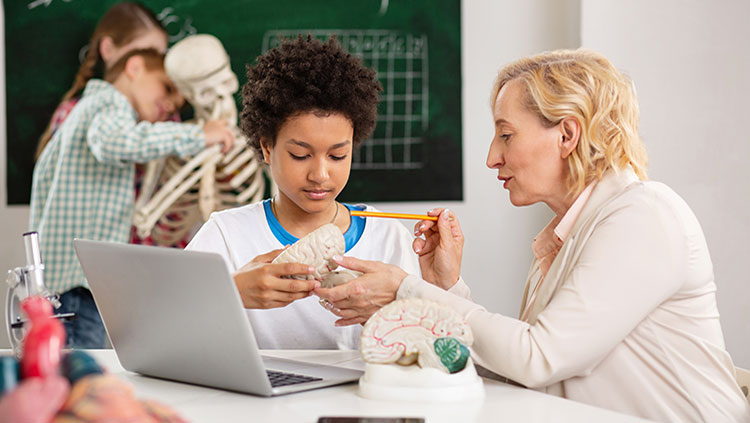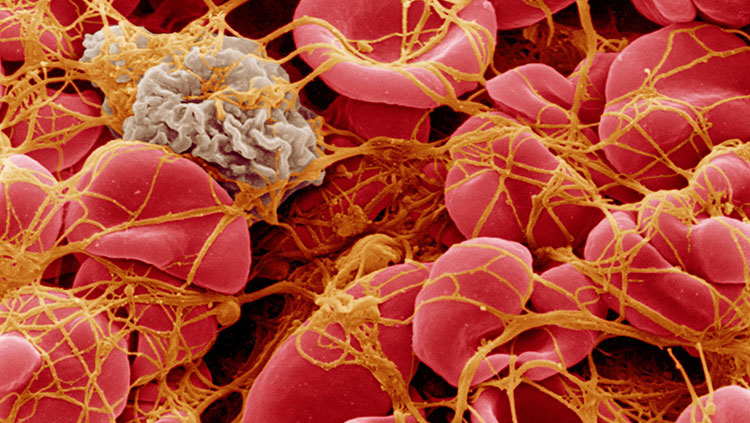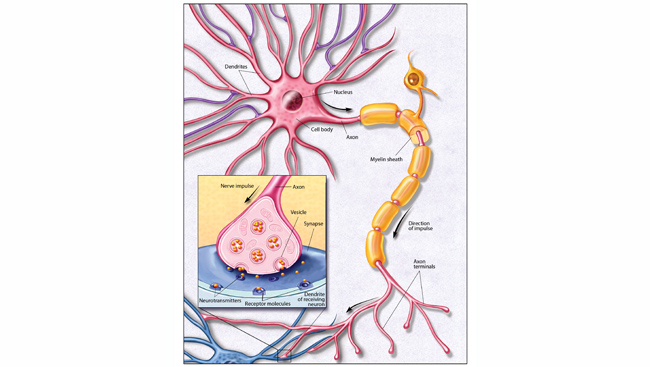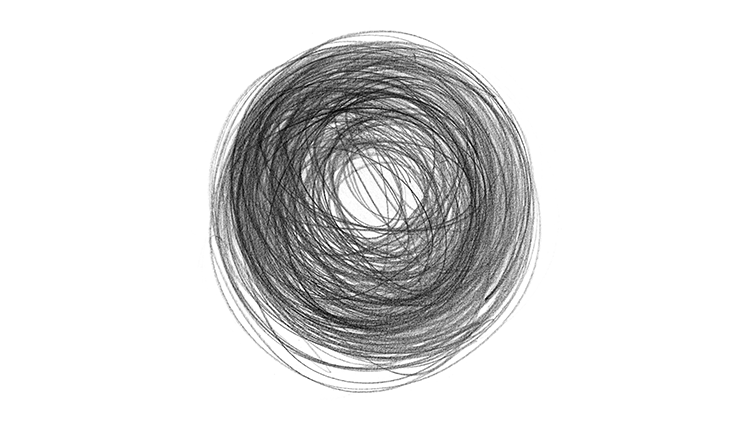Decoding the Teenage Brain (in 3 Charts)
- Published3 Sep 2019
- Reviewed3 Sep 2019
- Source Edutopia
Read more about teenagers' brains and the impact peer pressure can have on their increase in risk-taking behavior. Then, learn how to use these effects in the classroom to help your students.
Access Decoding the Teenage Brain from Edutopia.
CONTENT PROVIDED BY
Edutopia












